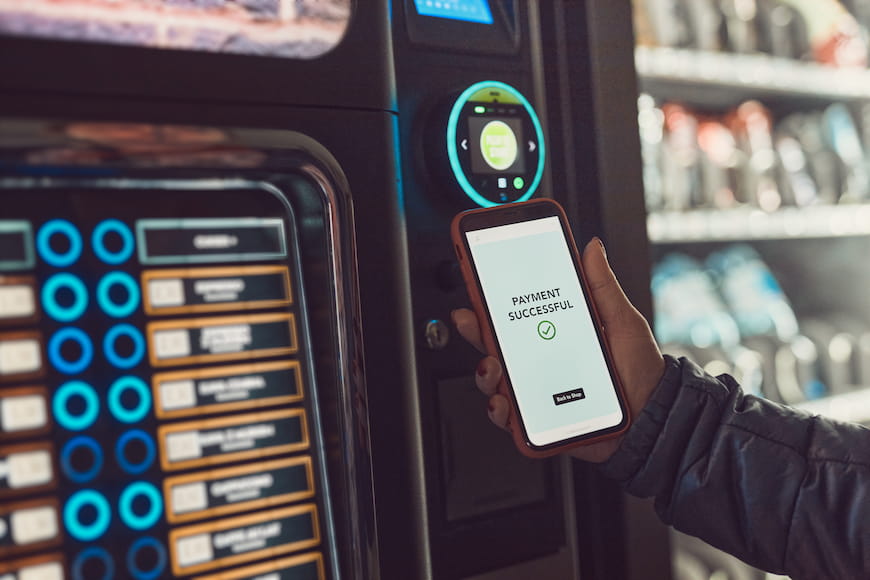Before joining BibliU, I spent years working in a college bookstore—right at the intersection of students, faculty, and the materials they needed to succeed. Each semester brought the same challenges: over-ordering “just to be safe,” stacks of unused codes sitting in the back room, and students who accidentally tossed theirs in the trash or used the code and then dropped the class. I quickly learned that managing access codes wasn’t just about getting materials to students—it was about guessing enrollment and trying not to waste money in the process. Those lessons stuck with me, and they’re the same issues many districts face today in their own dual credit programs.
Dual credit programs give high school students the chance to earn college credit before they graduate—a huge academic advantage. But making sure every student actually has the required materials on Day 1? That’s not always so simple.
Access codes present a unique challenge: they're easy to over-order, hard to manage, and often cost more than people realize. If you’re the one responsible for getting these codes to students, you know the stress better than anyone.
If your district is buying access codes for students, here’s why over-ordering happens—and why it’s likely costing more than you think.
District leaders are under pressure to ensure no student starts the semester without the materials they need. To be safe, many order access codes based on enrollment estimates before the term begins—but drop/add periods mean those estimates are always in flux.
The result? Districts often:
Panic buying is real.
I’ve done it myself over the years—panic bought to make sure everyone had what they needed. And while it felt good in the moment to know I’d made everyone happy, that sense of accomplishment quickly disappeared when I was left staring at a stack of unused paper codes we didn’t actually need. Then comes inventory: I’d be hunched over for an hour meticulously counting and recounting thin pieces of paper, getting a different count each time, only to realize I’ve somehow lost five codes.
You’ve invested so much time and energy into your program, and the last thing you want is a lack of access creating a barrier. Students fall behind, faculty are unhappy, parents are livid, and you’re stuck in the center desperately trying to get codes delivered any way you can to remedy the problem. It’s not only a financial problem, it’s mentally taxing on the real people who have to deal with the fallout.
You want to hit the “magic number”. No codes left over, no students without access, but it’s nearly impossible. Even with all the data in the world, you’re making an educated guess. And materials are too expensive to be playing a guessing game with your budget.
Even knowing what those access codes unlock, it can still feel unfair.
Let’s be honest, it’s a lot of money for what amounts to a piece of paper or postcard with a string of numbers.. At one point, it felt reassuring to hold a physical item for all that money spent. But those days are over. The convenience of digital far outweighs the satisfaction of folding up a piece of paper. Digital access is faster, cleaner, and far more convenient—for students and schools alike.
And for students who live fully digital lives, waiting for a physical card or needing a tangible “proof of purchase” just doesn’t make sense. And yet, it’s hard to wrap your head around the value of that code, that is, unless you’re the one paying.
When I worked in college bookstores, this challenge was front and center. One of our biggest struggles? Keeping students from throwing access codes straight in the trash.
They’d get a bag of books, glance at anything that looked like paper, and throw it out. We’d put neon stickers on them: ACCESS CODES—DO NOT THROW AWAY. And they still ended up in the trash.
Every summer, I’d find myself begging faculty to move to digital access instead of physical cards to avoid delays in learning, lost money, and overall frustration for everyone involved.
All of this reveals the underlying problem: the traditional model for delivering access codes simply wasn’t built for how students actually behave or for the way digital learning should work today.
Beyond the frustration and logistical mess, there’s a real financial cost:
Sometimes you don’t realize how much you’re overspending until you sit down and do the math. Think about what you could do, and how many more students you could serve, with that extra money back in your budget!
But it’s not just a budget problem. It’s an operational headache that takes time away from serving students.
What if you only paid for access codes that were actually used after the drop/add period?
That’s exactly what usage-based billing offers.
With BibliU’s platform:
Switching to usage-based billing finally puts the district back in control. No more panic buying. No more guessing. Just every student getting what they need from Day 1 and real savings for the district budget.
As dual credit participation grows, the logistical demands grow too. But they don’t have to become an unsustainable burden.
Usage-based billing gives districts a smarter, more equitable way to ensure every student has what they need while protecting precious budget dollars and staff time.
If your district is ready to move from reactive to proactive and from over-buying to optimized delivery, let’s talk! Book a demo to learn how we can help.

Drawing on insights from Erik Russell of Occidental College on Campus Convos, this blog explores how innovations in auxiliary services reveal a bigger lesson for higher ed: let technology deliver on-demand convenience, while people provide the human touch that makes the student experience truly personal.
.jpg)
Rural community colleges are lifelines opportunity face unique challenges, like broadband gaps and transportation barriers. Based on the Campus Convos episode with Dr. Bryan Newton of Glen Oaks Community College, we're showing how rural colleges are turning obstacles into innovation.